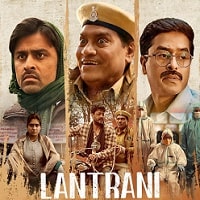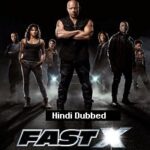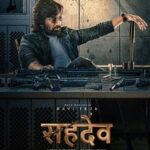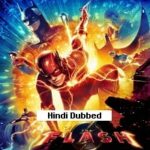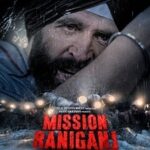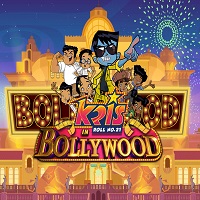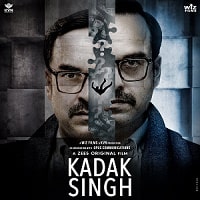
We have footage that suggests a dinosaur was once loose in Manhattan, and in this “cinematic flashback,” we revisit 1998’s Godzilla.
Ladies and gentlemen, New Yorkers like to believe they’ve seen it all. But what you’re about to hear may shock you beyond belief.
Table of Contents
THE STORY OF GODZILLA
After French atomic bomb tests in the South Pacific, a mysterious creature is seen moving through the Panama Canal towards the east. Scientist Niko “Nick” Tatopolous is called in to investigate and concludes that a giant, irradiated lizard has been born from the atomic blasts. Godzilla heads north and arrives in Manhattan, causing chaos. As Nick, his reporter ex-girlfriend, a group of unlikely heroes, and the U.S. military combine their efforts to combat the monster, can they save the people of New York?
MY THOUGHTS
With the release of “Godzilla: King of the Monsters” in 2019, it’s an opportune time to revisit the 1998 Hollywood take on the iconic Japanese giant monster. Godzilla, a classic staple of the giant monster / kaiju genre from Japan, had made appearances in various media over the years. It was only a matter of time before Hollywood took an interest, and “Godzilla” (1998) was one of the first attempts. The film, directed by Roland Emmerich (known for “Independence Day” in 1996), garnered mixed reviews and scrutiny upon its release.
Back in 1998, I was in 8th grade, an age when I was super excited about seeing such a blockbuster. I watched it in theaters, and, for the most part, I liked it. It captured the late ’90s action blockbuster vibe quite well, even though it could have been better. What worked for me was the film’s first half, particularly the suspense building up to Godzilla’s arrival in New York City. The movie effectively set the stage, creating mystery and suspense as the world encountered this giant creature. When Godzilla makes his grand entrance in Manhattan, the film truly shines, offering iconic and memorable moments. Notably, Emmerich didn’t fully reveal Godzilla’s body at this point, opting to show only his lower half, feet, legs, and occasionally his tail or body. This partial reveal added to the creature’s mystique. The destruction that followed was well-staged and provided a grand entrance befitting a giant monster movie. The film’s visuals, while dated by today’s standards, were impressive for their time. A few shots may not have aged well, but they are easily forgiven. The film’s creature design also stood out, presenting a leaner, more muscular Godzilla with a reptilian look.
Unfortunately, the film’s second half couldn’t maintain the momentum. It veered into generic territory, following a formulaic narrative common to late ’90s big-budget action blockbusters. The wonder and cinematic magic that defined the first half dissipated, giving way to dull character dialogue and plot points. Godzilla’s nest inside Madison Square Garden, where he has over 200 eggs, hatching as the characters arrive, felt like a copy of the “Jurassic Park” franchise. The film’s second half seemed underwhelming, with Godzilla’s presence losing its appeal. The script, written by Ted Elliot, Terry Russo, Dean Devlin, and Emmerich, lacked depth and imagination.
One major issue with “Godzilla” is the creature’s ability to disappear within New York City, which is farfetched given his colossal size. Chase sequences in the second and third acts portray Godzilla as smaller than his actual scale, making it difficult to believe he could navigate the city without causing more destruction.
The film’s ensemble cast includes Matthew Broderick, Jean Reno, Maria Pitillo, Hank Azaria, Kevin Dunn, and Michael Lerner. While these actors have demonstrated their talents in other projects, their characters in “Godzilla” are one-dimensional and generic. None of the characters stand out, making them feel like typical blockbuster archetypes. Despite this, the film’s characterizations were not expected to be deep or well-rounded in a late ’90s action movie.
“Godzilla” disappointed both critically and at the box office, partly because it failed to meet viewers’ expectations. The late ’90s marked the decline of the action blockbuster era, and the film’s reception reflected this shift. Despite its shortcomings, the movie remains a “guilty pleasure” for some, offering mindless fun. It has a certain charm, even if it is more bad than good. The film’s first half provides suspenseful giant monster mayhem, while the latter half falls into the category of bland and uninteresting. “Godzilla” left its mark in cinematic history, albeit not a positive one. With the success of 2014’s “Godzilla” and its 2017 spin-off “Kong: Skull Island,” “Godzilla: King of the Monsters” promises to deliver the epic monster showdown fans have been waiting for.



